Concrete, the most used material of modern construction, owes its strength and durability to a precise blend of materials known as the concrete mix ratio. Understanding this ratio is essential for engineers and builders alike, as it determines not only the structural integrity of the concrete but also its workability, durability, and overall performance in various environmental conditions. This article delves into the intricacies of concrete mix ratios, their implications for construction projects, and the factors influencing their selection.
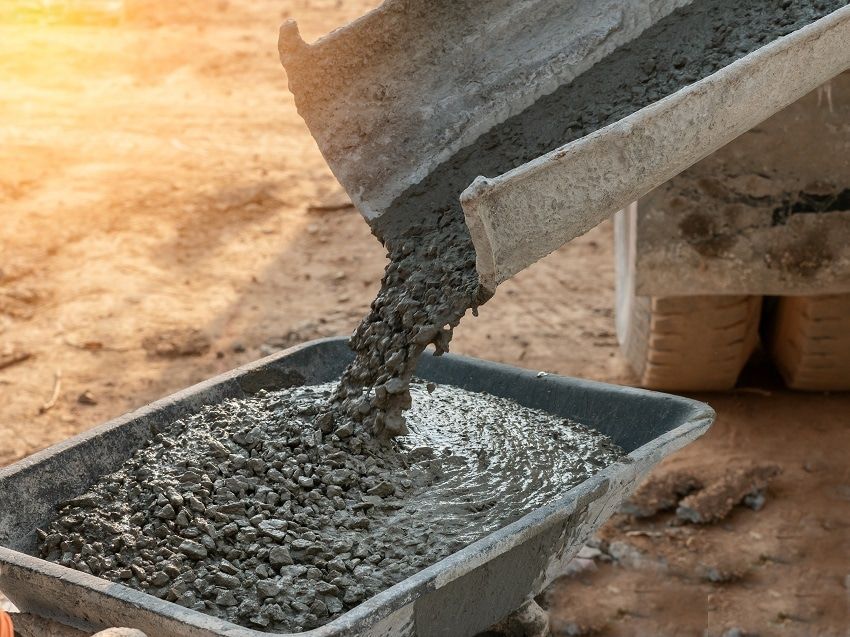
Core Components of Concrete Mix
Concrete mix comprises of three essential ingredients:
1. Cement: Cement acts as the binding agent in concrete, forming a paste when mixed with water that binds the aggregates together. Portland cement is the most common type used in concrete production, prized for its versatility and reliability.
2. Water: Water is the catalyst for the chemical reaction that transforms cement into a solid matrix. Controlling the amount of water is crucial, as it directly impacts the concrete's workability, strength, and durability. Too much water can weaken the mixture, while too little can make it unworkable.
3. Aggregates: Aggregates, typically sand and gravel, provide bulk and stability to the concrete mix. They occupy the majority of the volume in concrete and contribute to its compressive strength. The size, shape, and gradation of aggregates influence the properties of the concrete, such as workability and finish.
Deciphering Concrete Mix Ratios
Concrete mix ratios are expressed as the proportion of cement, water, and aggregates in a specific mix. These ratios are denoted by a series of numbers, such as 1:2:4, which
represent the volumes of cement, sand, and gravel, respectively. Understanding these ratios is essential for achieving the desired characteristics of the concrete, including strength, durability, and workability.
# Nominal Mixes
Nominal mixes, often used in small-scale projects and residential construction, provide a straightforward approach to concrete mixing. Examples include M10 and M15 mixes, where the proportions of cement, sand, and gravel are predetermined based on general guidelines. While nominal mixes offer simplicity and ease of use, they may not always meet the specific performance requirements of larger or more demanding projects.
# Standard Mixes
Standard mixes, characterized by higher strength and durability, are commonly used in commercial buildings and structural elements that bear heavy loads. Grades such as M25 and M30 are designed with precise mix ratios to achieve optimal performance in terms of compressive strength and durability. These mixes often undergo rigorous testing and quality control measures to ensure consistency and reliability in construction projects.
# Design Mixes
Design mixes offer the utmost flexibility and customization, allowing engineers to tailor the concrete mix to meet the specific requirements of a project. Whether it's enhancing freeze-thaw resistance in cold climates or increasing tensile strength for earthquake-prone regions, design mixes can be fine-tuned to deliver optimal performance under diverse environmental conditions. This level of customization requires comprehensive testing and analysis to determine the ideal mix proportions and admixtures for the desired outcome.
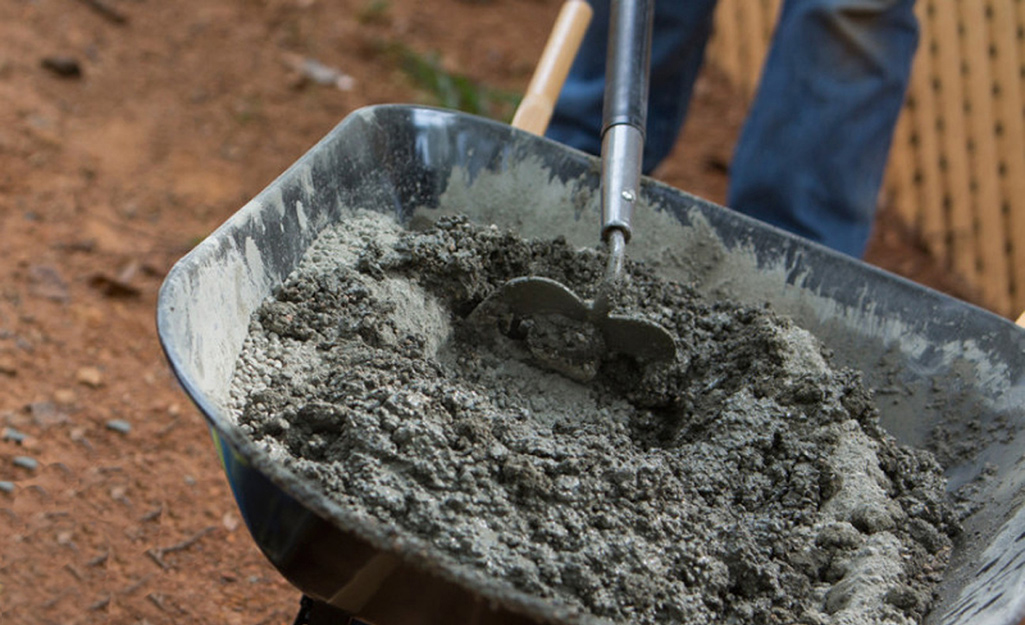
The Importance of Water-Cement Ratio
The water-cement ratio is a critical factor in concrete mix design, governing the balance between workability and strength. This ratio, expressed as the weight of water relative to the weight of cement, directly influences the hydration process and the resulting properties of the concrete. Maintaining an appropriate water-cement ratio is essential for achieving adequate strength and durability while avoiding issues such as shrinkage, cracking, and permeability.
Practical Applications and Considerations
The selection of concrete mix ratios goes beyond mere proportions; it encompasses a holistic understanding of the project requirements, environmental conditions, and economic considerations. By choosing the right mix, engineers and builders can optimize the use of materials, reduce construction costs, and minimize environmental impact. Factors such as aggregate grading, curing methods, and admixtures play a crucial role in fine-tuning the concrete mix to meet specific performance criteria and ensure long-term durability.
Harnessing Advanced Mixing Techniques
In pursuit of enhanced performance and sustainability, modern construction projects often employ advanced mixing techniques and additives to optimize concrete properties. Admixtures such as fly ash, slag, and silica fume can modify the rheological behavior, strength development, and durability of concrete, offering tailored solutions for challenging applications. These additives enable engineers to push the boundaries of conventional concrete technology, achieving higher strength, greater durability, and improved environmental performance.
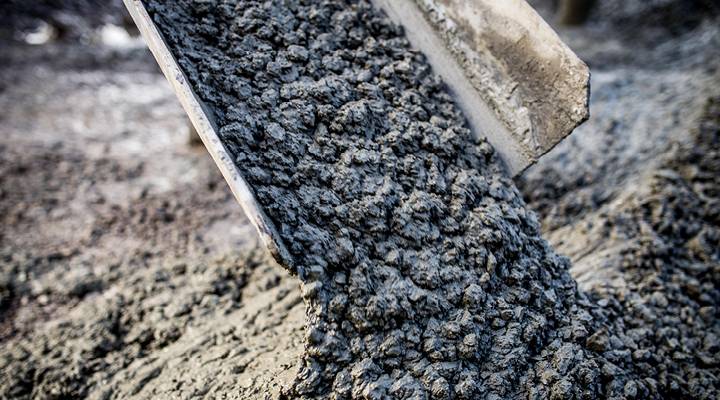
Conclusion
The right concrete mix ratios are essential for achieving success in construction projects of all scales and complexities. By understanding the fundamental principles of mix design, engineers and builders can create concrete formulations that meet the structural, functional, and aesthetic requirements of their projects. Whether it's a residential driveway, a towering skyscraper, or a sprawling infrastructure project, the right mix ratio sets the foundation for enduring strength, durability, and performance in concrete structures.

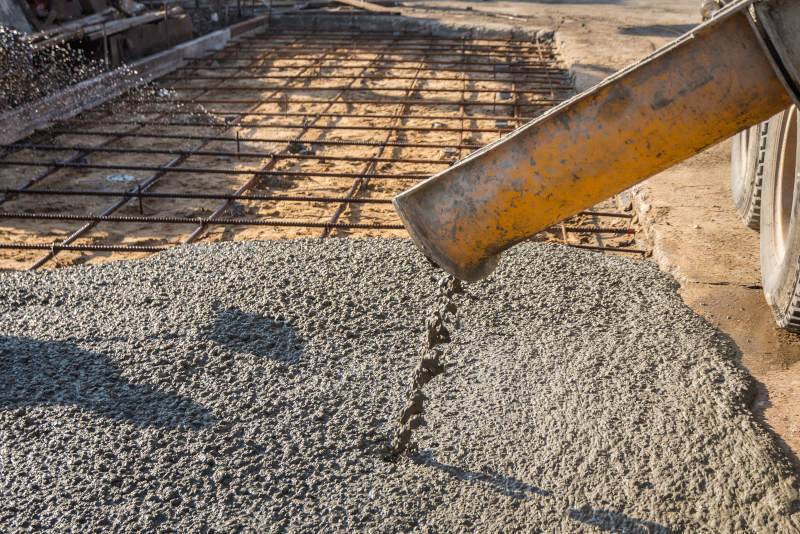
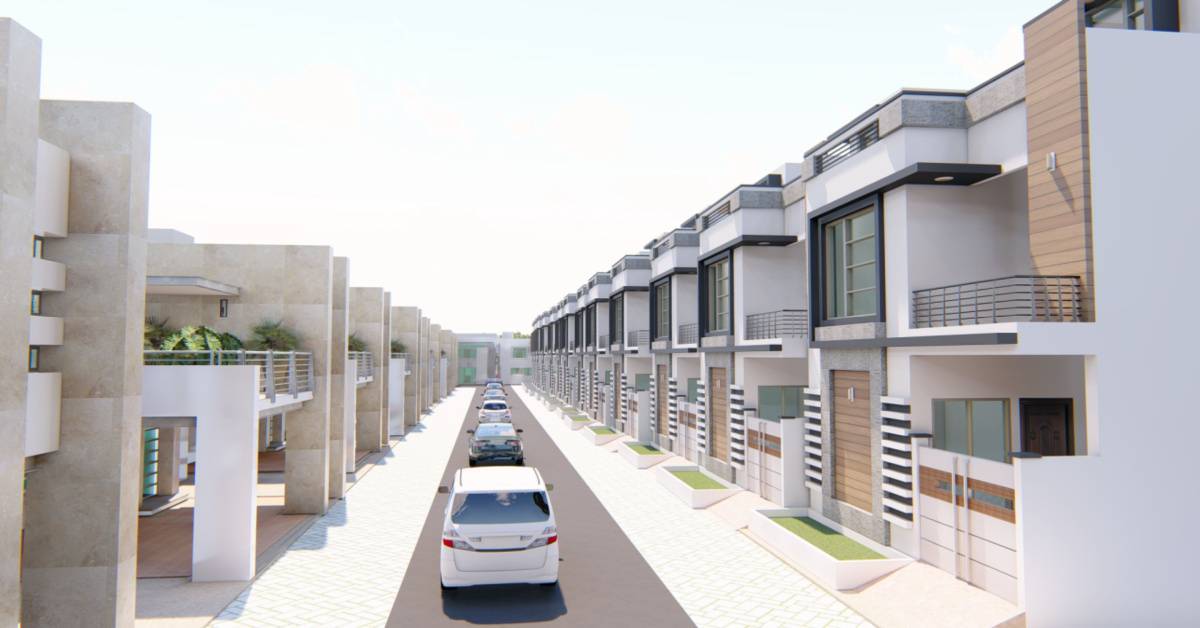


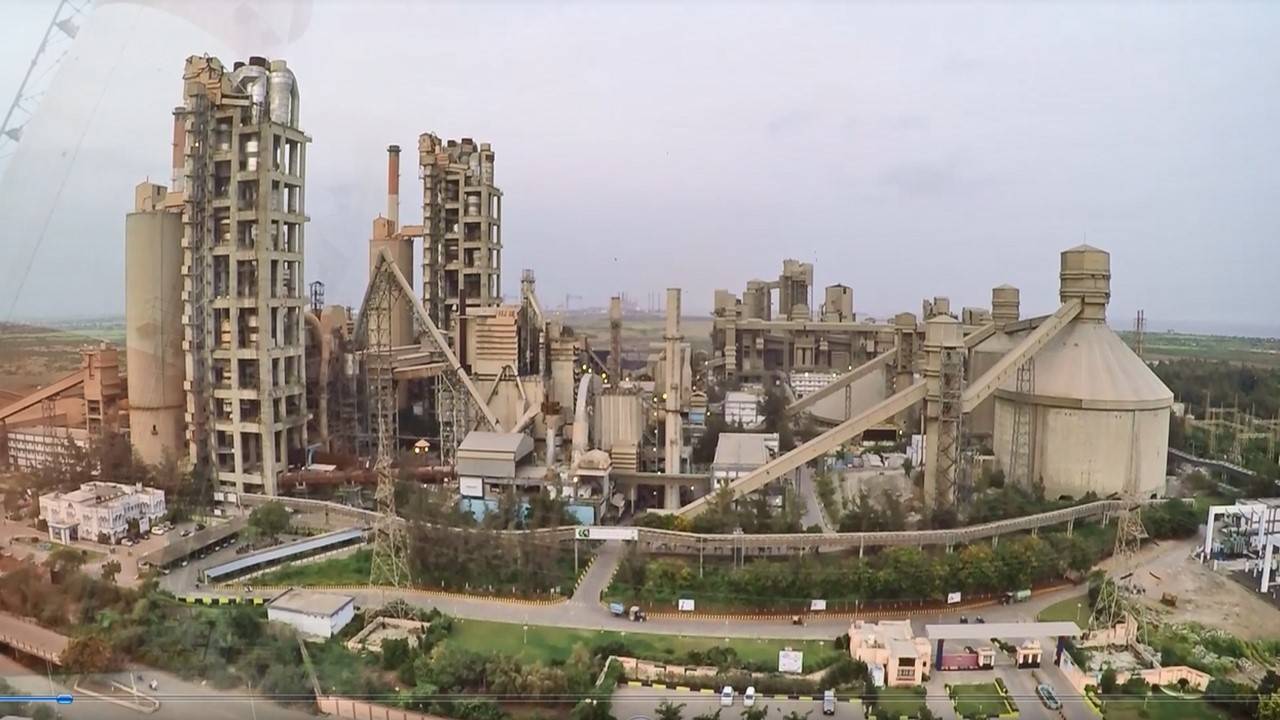

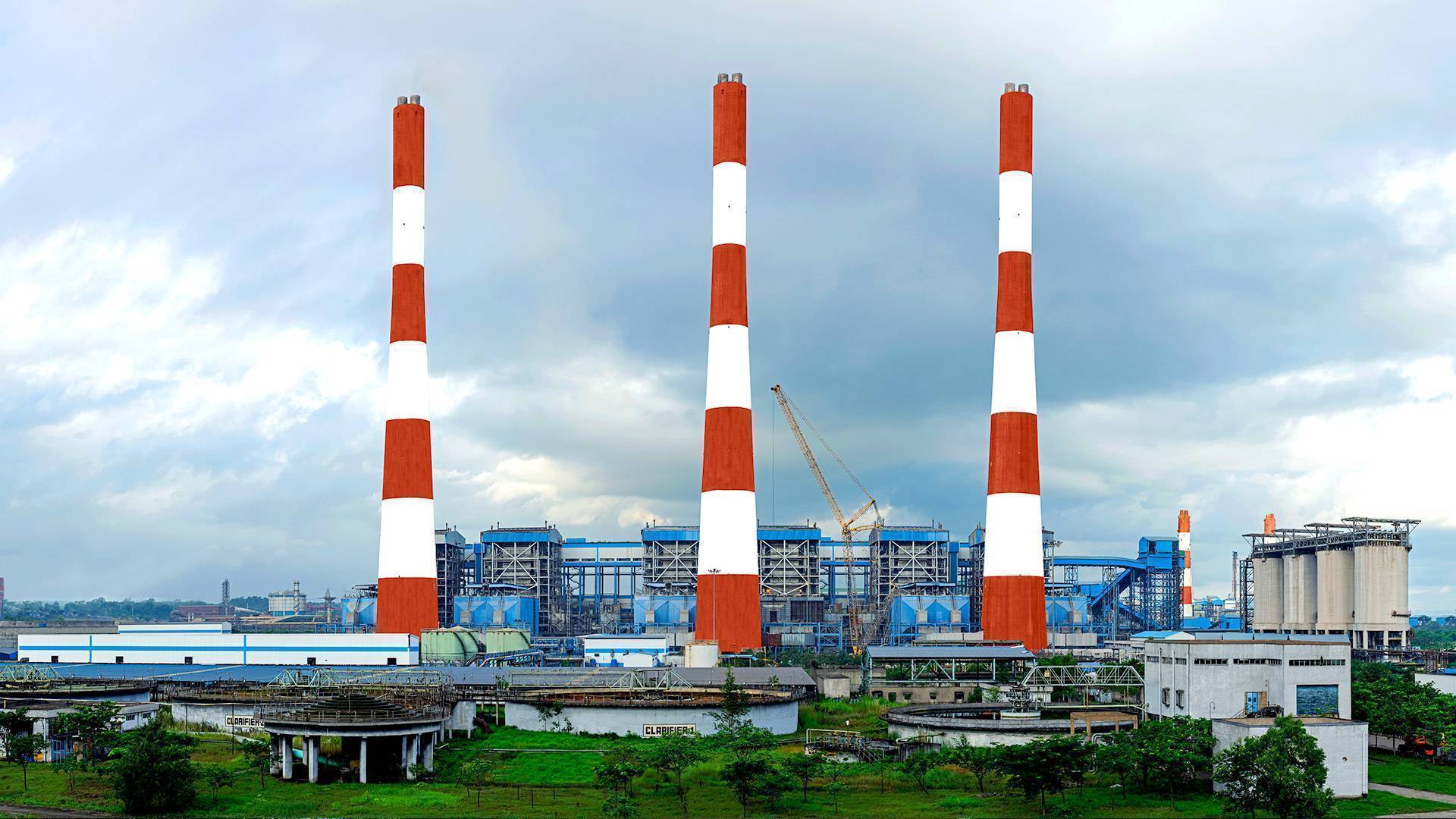

.png)